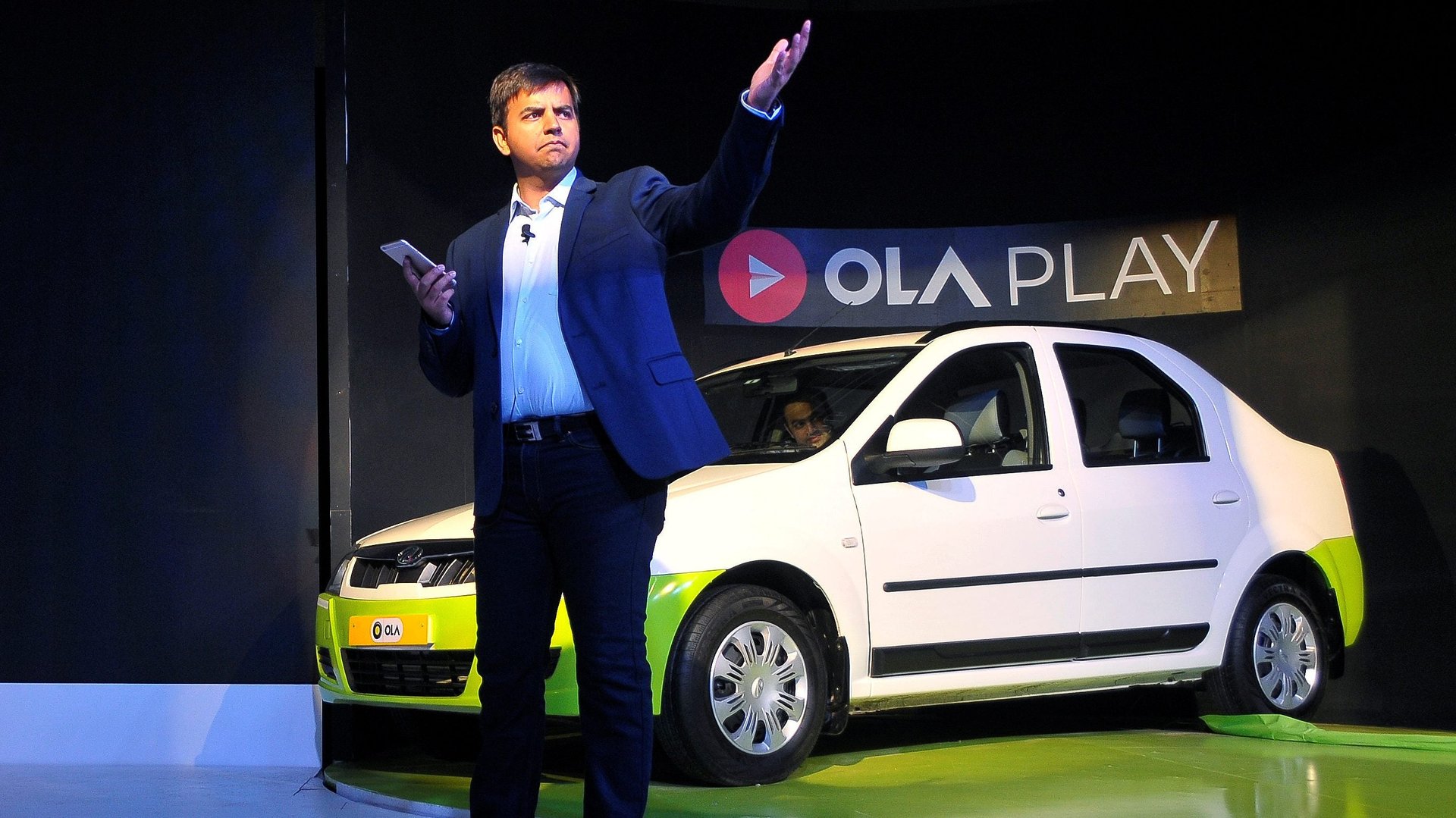Profitability in three years: Q&A with Ola CEO Bhavish Aggarwal
Ride-hailing unicorn Ola has joined the small club of Indian startups that have a definite roadmap to profitability.


Ride-hailing unicorn Ola has joined the small club of Indian startups that have a definite roadmap to profitability.
On Nov. 22, Ola co-founder and CEO Bhavish Aggarwal said the company is looking at reaching a break-even in two-to-three years from now.
Until around a year ago, talking about profits was rare for Indian tech startups as they were still in “growth mode” where raising funds and wooing customers with heavy discounts were priorities. However, with funding increasingly hard to come by, the need to achieve profitability has increased.
The deadline target that Ola has set for itself to turn profitable is almost in line with rival Uber.
In February this year, Uber turned profitable in the US, its home turf, after being in business for seven years. Ola, founded in December 2010, would be around the same age by the time it, too, turns profitable.
On the sidelines of a company event in Bengaluru, Aggarwal spoke to journalists about competition, profitability, and investments. Below are edited excerpts of the interaction:
How fierce is the competition in the Indian ride-hailing market right now?
I don’t think of competition as much as journalists think I do. Our strategy has been very different from Uber. We are very focused on building as per the Indian dynamics. Our focus is on the customers and improving their experience. We believe that if we do that well, competition, prices, and profits will all take care of themselves.
Do you have a timeline on breaking even?
We are improving our profitability every week and month. In many cities, we have already reached a break-even, and are on the path to achieving that in many other cities.
As a company, we hope to break even within two-to-three years.
Are you sufficiently funded to compete right now?
We don’t want to comment on our next funding round. What I can say is that we are very well funded and we have a very strong balance sheet. We continue to engage with the industry and sometimes that converts into financial rounds. As of now, we have enough funds to last us until we turn profitable, which like I said, is in two to three years.
Do you think there is room for two big ride-hailing players in India?
The Indian context is unique. The market is very large and I believe there is enough room for many players to innovate on different parts of the transportation business. That said, if somebody just brings an American concept to India, it’ll only go so far. You have to build for the Indian needs and dynamics.
Is Ola working on driverless cars technology?
We will always work on technologies that are required in our market, which is India. I don’t think autonomous technology is the right one for India right now.
What’s the update on your tie-up with Grab, Didi Chuxing, and Lyft?
We are all good friends and we interact frequently. We share market intelligence and ideas with each other. We have been working to figure out how we can do business together. That will happen in the future.